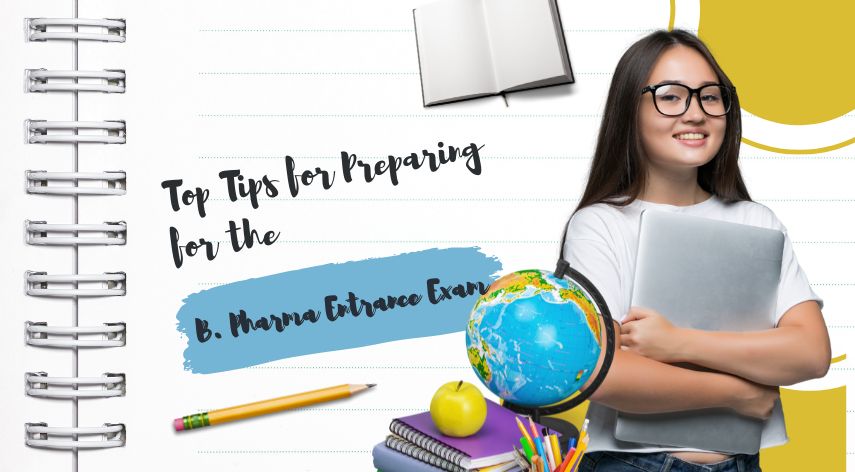Embroidery 101: What are the best fabrics for embroidery?
You may think, does knowing what Fabric Best for Embroidery even necessary? Are machines not able to embroider every cloth they come across to? No, it is not about the machine’s ability; that the embroidery’ looks different on each fabric. Even if we think that machine embroidery looks easier and only requires us to select a graphic, unload the design on the software, choose your fabric’s hooping, and push a button, it is not that easy. It all depends on the fabric; each fabric has its texture and level of difficulty on how the needle may pass through. The difficulty of the design is also a variable among other variables. Yes, these many things go into consideration before we consider embroidering a cloth. Also, with all the supplies it might feel suddenly overwhelming to you so we have tried to cover here, something you can begin with. That is why we have decided to show you the fabrics best for embroidery and why:
Table of Contents
Toggle1. Cotton:
It is considered one of the fabrics best for embroidery to work with as cotton has a nice texture with a tight weave, makes it a fantastic piece of fabric for both handmade and machine embroidered. Beginners can rely on this fabric not to go wrong with, as it is easy to use, comes in a lot of colors, and prints at a very reasonable price. Try using a nice quilting cotton cloth as they are a bit heavy and suitable for embroidery. If you want to use a lighter option, you can never go wrong with cotton muslin. It is recommended to avoid cotton blends unless they are blended with other natural fibers like linen. Cotton is best used for making table runners, placemats, and wall hangings.
2. Linen:
Linen is served to give a more beautiful look and feels lighter, has a creamy texture, and is more potent than any natural linen fibers. It is the reason why linen has more longevity than any other material. It is lighter and is more textured than cotton. That is why it is considered one of the fabrics best for embroidery. One of the disadvantages of using linen is that it is expensive. It looks beautiful if you try wool threads on it. You should try using the correct stabilizer while dealing with linen.
3. Silk:
As much as silk requires upkeep because it is one of the classiest fabric out there, it looks crisp and has a strong base. It takes a lot of effort and difficulty to weave this fabric, but the designs and look it produces is better than any natural cloth out there. Its sheen is the reason many embroiders opt for this cloth. It may be considered as a delicate fabric but its delicacy is what makes it so different from other fabrics. These are the reasons why we have put silk on this list as one of the fabrics best for embroidery.
4. Wool:
Wool is said to be one of the most appropriate forms of fabric for embroidery. It is strong, doesn’t stretch nor weaves, and provides depth for embroidery without swallowing up stitches. There is an advantage of stitching on wool because it does not produce raw edges, which may need finishing or hemming. Now, who would deny and keep wool off of the list of fabrics best for embroidery.
5. Satin:
Satin is a smooth and shiny cloth that makes very beautiful and perfect gift items. Though it is suggested to use high-quality satin, which might be expensive, it helps the fabric not snagging, resulting in a smooth surface and tight weave. And thus, this makes it our last from the list of the fabrics best for embroidery.
Not that all fabrics don’t look gorgeous when embroidered, but the factors like texture, depth, smoothness, strength all factor in when we are deciding who can come in the list of fabrics best for embroidery.So, if you go with any of the above fabrics, there is no way you can go wrong. Also, be ready for a beautifully Embroidered Design that speaks of your aura and your essence. This can happen when you choose the fabrics given above, and you cannot get wrong with them.
Alfred Williams, a distinguished business writer, navigates the corporate landscape with finesse. His articles offer invaluable insights into the dynamic world of business. Alfred's expertise shines, providing readers with a trustworthy guide through the complexities of modern commerce.
Recommended For You
Spread the love Welcome to a journey of self-discovery and inner peace through the practice of mindfulness. In today’s fast-paced
Spread the love In the realm of entrepreneurship, seeking opportunities that not only generate profit but also contribute positively to
Spread the love Discover the essence of a effective server with https://acortaz.Ecu/que-es-un-servidor-blade/. Unravel the intricacies, advantages, and why it’s a




